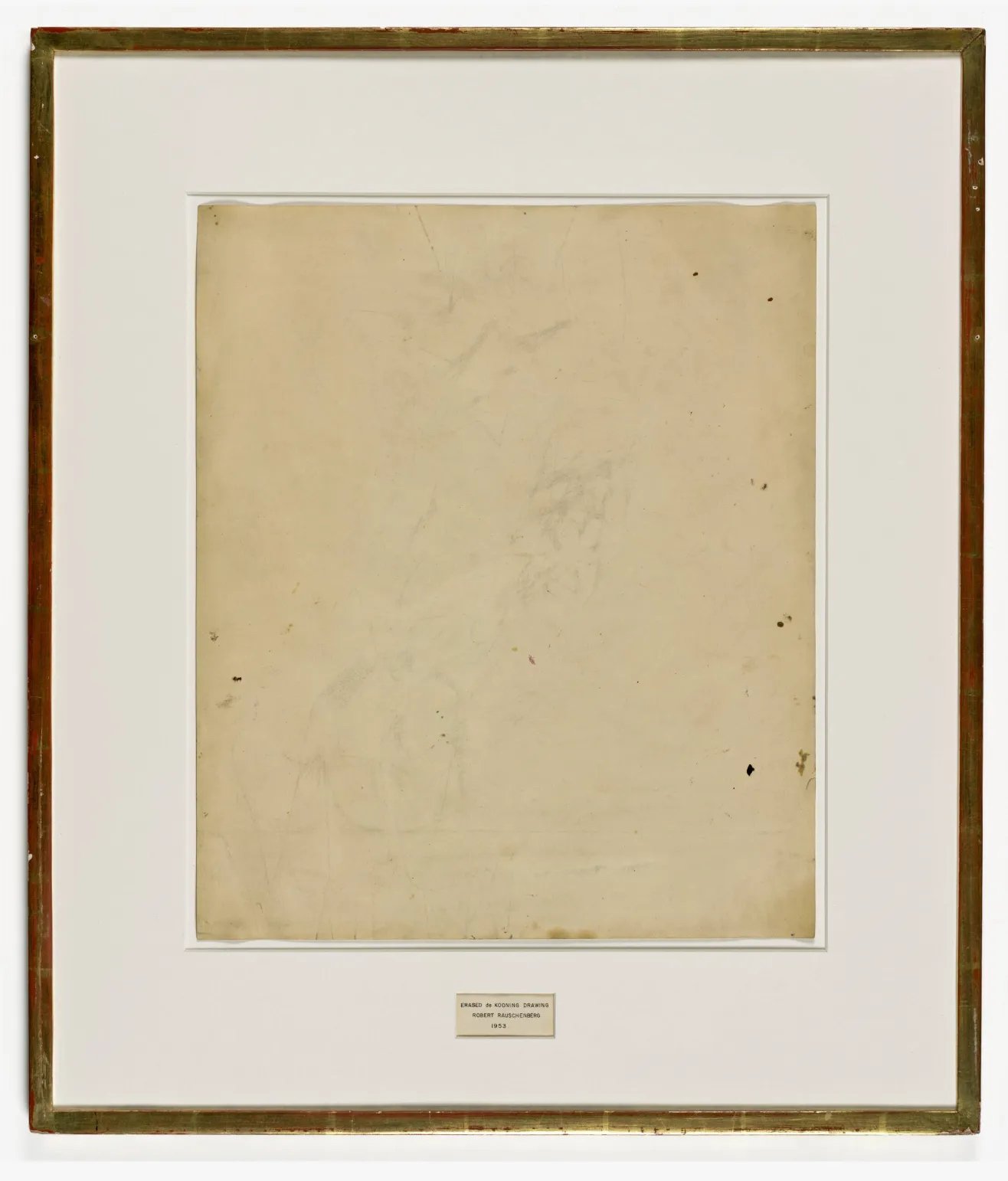SUBSTACK: Le Corbusier's Keyboard of Colors, Eames Greige, and other hue symphonies.
11.26.23 for Absolument !, my Substack channel
I began researching specific artists and the colors they are widely identified with and quickly realized during the plunge down this colorful rabbit hole that the histories had another strong point in common. Each of the artists have had their color stories connected with the sense of sound.
I’m currently reading Olivia Laing’s Funny Weather: Art in an Emergency and skipped backward to reread the chapter on Robert Rauschenberg (the chapter is called “For Yes” which totally parallels the meaning behind my naming of Absolument). Laing describes Rauschenberg’s studies under color theorist and Bauhaus instructor Josef Albers, and Robert’s series of “White Paintings” and “Black Paintings.” Laing writes:
“By applying white house paint with a roller, Rauschenberg deliberately avoided incident or gesture. They were pure surface: the first and most extreme manifestation of Rauschenberg’s conception of art as a mirror for capturing the outside world. Look long enough, and you’d start to see shadows and reflections; the absence-that-wasn’t which inspired [John] Cage to make 4’33”, his famous composition that deploys silence to expose a symphony of random ambient sound.”
One act of rebellion that I remember from a modern art history class in university was learning about Rauschenberg’s Erased de Kooning Drawing in which he did just as the title suggested. He was given a drawing by de Kooning and then completely erased it, leaving behind an empty canvas with a distinct hue of silence.
Le Corbusier's Keyboard of Colors
In 1931, Le Corbusier wrote the manuscript Architectural polychromy—study for architects by an architect [involved, by the way, in the adventure of contemporary painting] (translated from French). He explained, “color modifies space, classifies objects, stimulates physiological reactions, and has a strong effect on our sensibilities.” That year, he created the “Claviers de couleurs,” the Keyboard of Colors. On this piano, you’ll find 14 hues fanned out to lighter variants, completing a set of 43 distinct colors.
